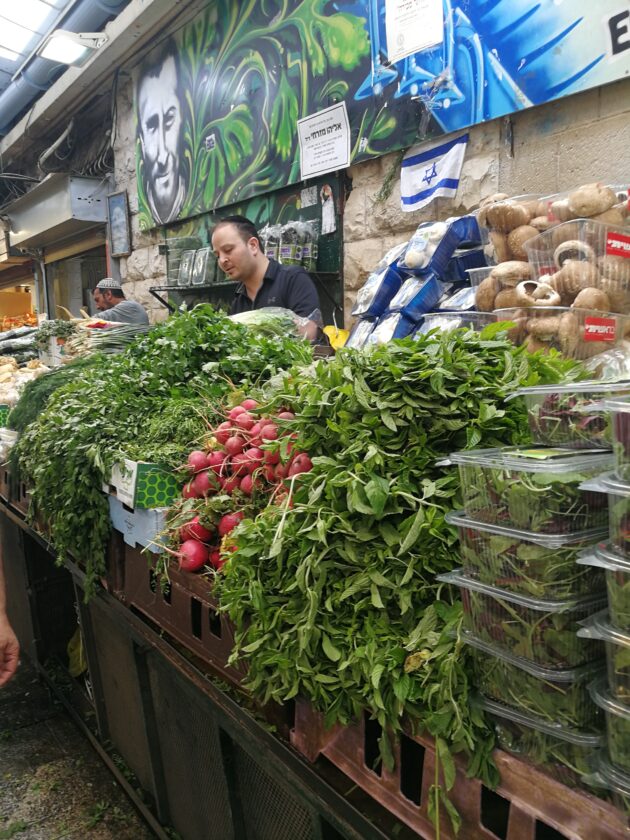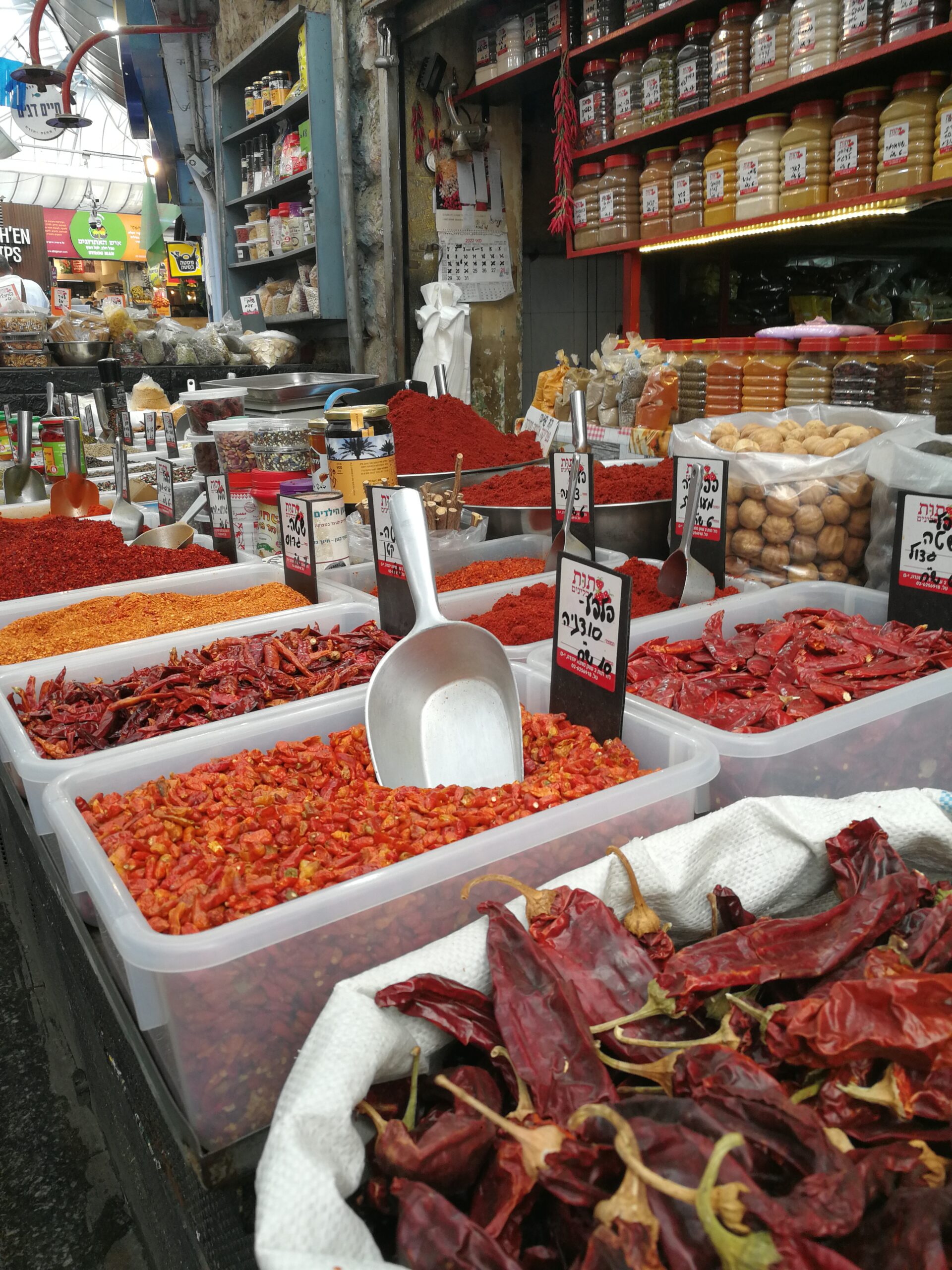Traditional produce markets were an important part of every town and city down through the ages. Once upon a time cities, often because of their sea ports and produce markets, grew around vibrant commercial hubs that were significant sources of commerce and employment and the beating heart and being of their communities.
For all sorts of reasons most cities around the world have sadly given up not only their markets but also their seaports. During the 20th century home refrigeration and then supermarkets provided us with the technology and the convenience to cease our daily visits to the market to buy fresh produce. As cities grew, for most it was no longer a short walk to the market, and congestion and parking scarcity made the experience far less desirable.
Further, as cities grew out from the markets and ports, the city centre land of the markets and ports became too valuable to house single-storey butcher shops, fishmongers and vegetable stalls. Tourism, big buildings, big business and ‘crossed palms’ at the municipality became the happy beneficiaries of the quick demise of a millennium of human scale commerce.
Jerusalem, a city of a million people, is still blessed with two functioning and vibrant traditional markets. One is within the walls of the old city, the Arab Shuk. The other, Machaneh Yehuda, the Jewish shuk, is still a traditional market, but undergoing a rapid gentrification that is bringing in hip restaurants, bars and street-food stalls: in a controlled fashion, so far, so as not to destroy the unique atmosphere that is a produce market.
Machaneh Yehuda (Judah Market) was originally established to serve the burgeoning Jewish population that grew outside of the walls of the old city of Jerusalem during the 1880s. New neighborhoods, mostly Jewish, sprang up as the Jewish population grew exponentially. Initially established under the rule of the Ottoman Turks, the market quickly became a second commercial and retail hub for 19th century Jerusalem. During the British Mandate period the market was modernised and expanded, with the addition of drainage, sewage, paving and order, something the colonial British were always very good at.
After the establishment of Israel and expulsion of Eastern Jerusalem’s Jewish population by the Arab Jordanian Legion in 1948, Machane Yehuda became Jewish Jerusalem’s only traditional market place and quickly expanded into surrounding streets and alleyways.
Machane Yehuda is a cornucopia of everything you desire and don’t. Colour, fragrance, choice, noise, odours, buskers, beggars, tourists: everything one needs and doesn’t want, if you don’t mind being shoved, or elbowed, shuffling along in a human sea that can be both benign and rough and tumble as it sweeps you past shops, stalls and bastas that line the roads and small alleyways of this real, livewire market place.
Fresh vegetables, fruit, butchers, fishmongers, cheese shops, spice shops, bakeries: it’s all there and more.
If you ever make it to the holy city of Jerusalem, Machaneh Yehuda is a must.




If you enjoyed this article, why not share it with your friends via social media or e-mail?

